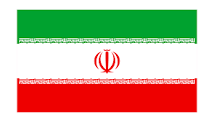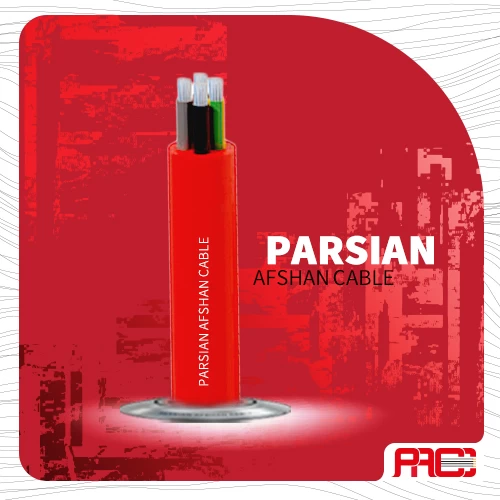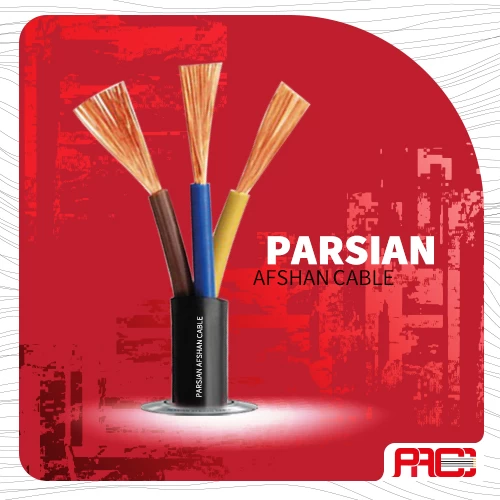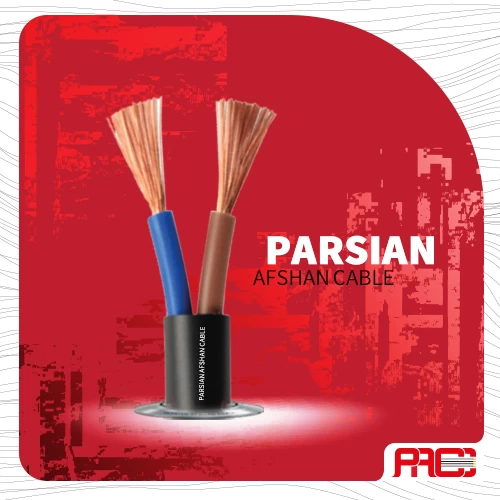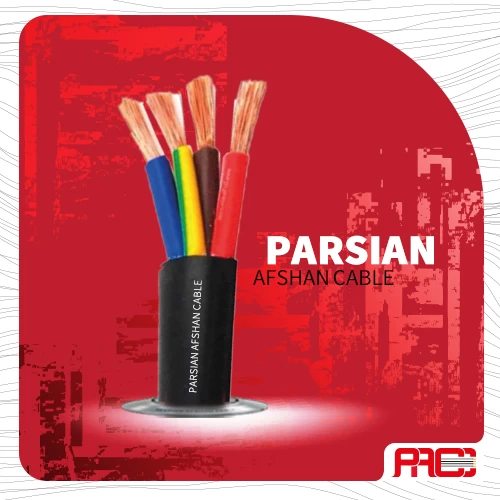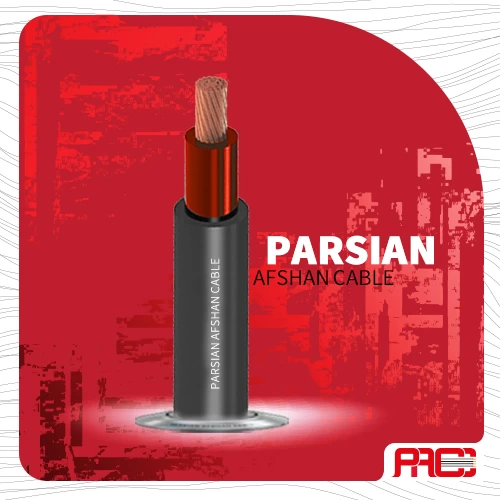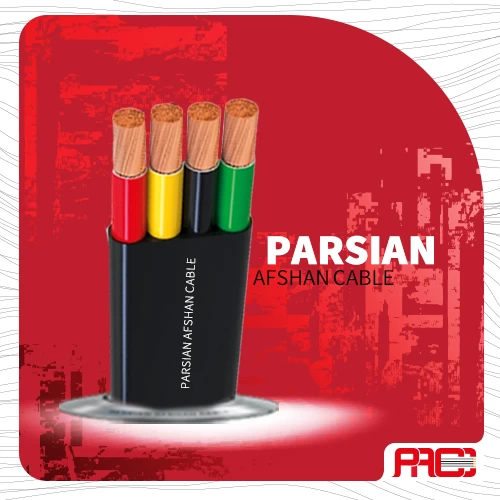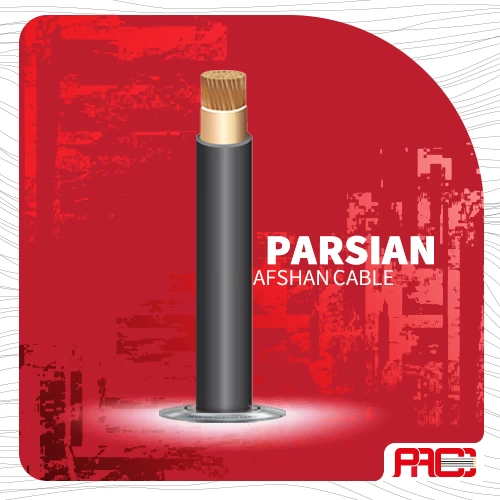These types of cables are suitable for transmitting information and can be used in the control rooms of industrial devices and electrical substations. Electrostatic shielding can protect circuits against electrical interference. Using the structure of paired cables causes a decrease in hearing. These cables are not suitable for direct connection with sources such as city electricity that have low impedance.
Structure:
Cu/PVC/ISCR/OSCR/Bd/SWA/PVC
Conductor type and class: annealed copper class 1 (Maftoli), class 2 (Semi-Afshan) or class 5 (Afshan)
Insulation material: PVC mixture, PE mixture or XLPE mixture
Identification of insulation: in the form of numbered or colored strings
Pairs and overall shield: A layer of polyester tape and aluminum foil wrapped on the pairs along with the discharge wire, which can be repeated on all the pairs upon request.
Middle cover: for cables with armor (if needed)
Armor: wire, weave or strip of copper or galvanized steel
Coating material: PVC mixture or LSZH mixture
Wire Colors
White insulation: Typically considered neutral but can sometimes be used as a hot lead in certain situations, such as switch loops. ...
Green insulation and bare copper: Ground wire.
Black insulation: Hot wire for switches and outlets.
Red insulation: Hot wire for switch legs and hardwired smoke detectors.
Power cables are categorised into low voltage, medium voltage, and high voltage cables. Specialised types include armoured cables, flexible cables, and submersible cables, each designed for specific applications and environments.
Electrical cables can be categorised in several different ways including by voltage rating, application, environment, industry, and material type, and determining any of these will help narrow down the search for the correct cable for any given purpose.
You will find twin core and earth cabling used all over your home in a variety of sizes. 2.5mm is commonly used for behind sockets, while 1-1.5mm is most often used for lights (depending on how many lights you have in a circuit).
2.5mm Twin and Earth is commonly used as indoor domestic cable. The most common use for this type of cable is for circuits that provide power to sockets. It is made up of two cores and an earth core which must be covered with the identifying green and yellow sleeve when installed.
To calculate the Cable Sizing one needs to divide the voltage running through the cable by the target current. For instance, If your wire has a voltage current of 150 Volts and your target is 30 then you divide 150/30. This gives you your target resistance of 5 which is required.
Which type of wire is best for electricity? Copper wire is generally considered the best choice for electrical wiring due to its excellent electrical conductivity, durability, and resistance to corrosion. Copper has a high conductivity rating, meaning it allows electricity to flow efficiently with minimal resistance.
 +7929688-88-14
+7929688-88-14

 English
English
 Persian
Persian
 Russian
Russian
 Chinese
Chinese


 +7929688-88-14
+7929688-88-14

 Wires, Cables & Cable Assemblies
Wires, Cables & Cable Assemblies
